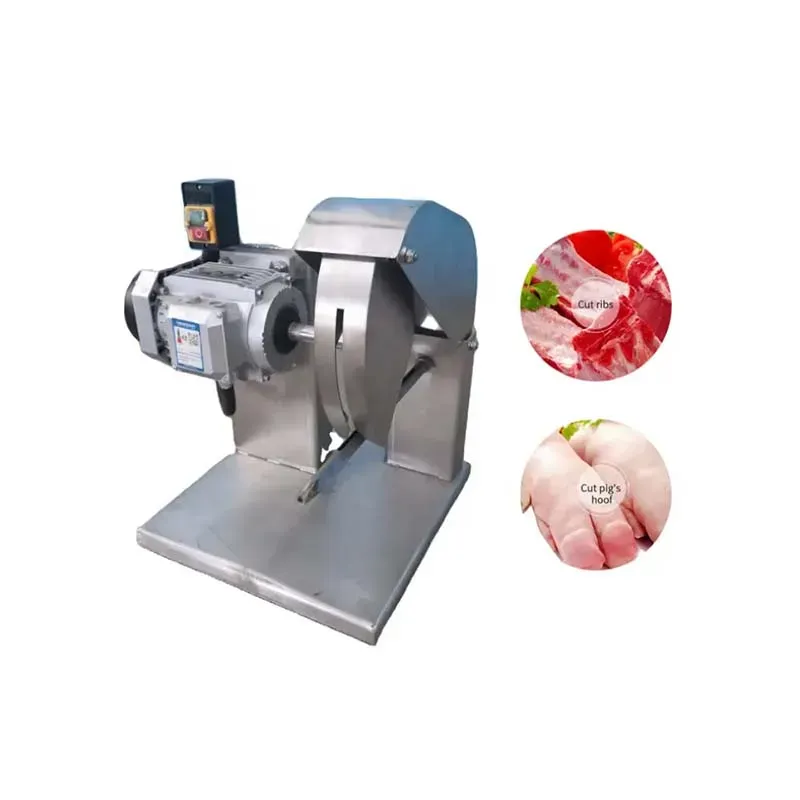Optimizing Feed Pellet Cooling Processes for Enhanced Quality and Efficiency
Dec . 23, 2024 05:23 Back to list
Optimizing Feed Pellet Cooling Processes for Enhanced Quality and Efficiency
Feed Pellet Cooler Enhancing Feed Quality and Efficiency
In the livestock and aquaculture industries, the quality of animal feed plays a crucial role in achieving optimal growth rates, feed conversion efficiency, and overall animal health. One of the vital processes in feed production is cooling feed pellets. A feed pellet cooler is an essential piece of equipment designed to ensure that pellets are cooled effectively, maintaining their quality and extending their shelf life.
The Importance of Cooling Feed Pellets
After pellets are formed through the extrusion process, they exit the pellet mill at elevated temperatures, often reaching 80-90 degrees Celsius (176-194 degrees Fahrenheit). Immediate cooling is necessary for several reasons
1. Preventing Spoilage Excess heat in pellets can lead to moisture accumulation, which fosters microbial growth and spoilage. Cooling helps stabilize the moisture content and inhibits the growth of bacteria and molds.
2. Enhancing Durability Cooling strengthens the pellet structure. Warm pellets are softer and more prone to breakage. By cooling them, manufacturers enhance their durability, resulting in reduced fines during handling and transport.
3. Optimizing Nutrient Preservation High temperatures during processing can damage certain heat-sensitive nutrients. Proper cooling preserves the nutritional value of feed pellets, ensuring that livestock or aquaculture species receive a balanced diet.
4. Improving Storage Capability Cool pellets are less prone to clumping and hardening, making them easier to store. This storage capability is crucial for ensuring that feed can be held for extended periods without degradation.
Types of Feed Pellet Coolers
feed pellet cooler

There are several types of feed pellet coolers available in the market, each offering unique advantages
. The main types include1. Counterflow Coolers These coolers utilize a countercurrent airflow method, where ambient air flows in the opposite direction of the pellet movement. This design maximizes heat exchange efficiency, allowing pellets to cool down significantly while the inbound air becomes heated.
2. Horizontal Coolers In horizontal coolers, pellets travel through a long horizontal chamber equipped with cooling air systems. This type is particularly effective for high-capacity production facilities. The design ensures an even cooling process along the pellet length.
3. Batch Coolers Ideal for smaller operations, batch coolers process specific quantities of pellets at a time. Although they may not be as efficient as continuous models, they can be beneficial for smaller businesses focusing on high-quality, niche feed products.
Choosing the Right Cooler
Selecting the right feed pellet cooler depends on various factors, including production volume, type of feed, and budget. When making a decision, factors like energy efficiency, maintenance requirements, and cooling capacity should be evaluated. An efficient cooler can significantly reduce operational costs, making it a worthwhile investment for any feed manufacturing facility.
Conclusion
In conclusion, the feed pellet cooler is a key component in the feed production process, directly impacting the quality and longevity of the final product. By preventing spoilage, enhancing durability, preserving nutrients, and allowing for efficient storage, it plays a critical role in ensuring that livestock and aquaculture operations achieve optimal performance. As the demand for high-quality animal feed continues to rise, the importance of efficient cooling systems cannot be overstated. Investing in the right feed pellet cooler can lead to improved feed quality, reduced waste, and greater profitability in the competitive animal nutrition market.
-
Automatic Feeding Line System-Pan Feeder Nipple Drinker|Anping County Yize Metal Products Co., Ltd.
NewsJul.29,2025
-
Hot Sale 24 & 18 Door Rabbit Cages - Premium Breeding Solutions
NewsJul.25,2025
-
Automatic Feeding Line System Pan Feeder Nipple Drinker - Anping County Yize Metal Products Co., Ltd.
NewsJul.21,2025
-
Automatic Feeding Line System Pan Feeder Nipple Drinker - Anping County Yize Metal Products Co., Ltd.
NewsJul.21,2025
-
Automatic Feeding Line System - Anping Yize | Precision & Nipple
NewsJul.21,2025
-
Automatic Feeding Line System - Anping Yize | Precision & Nipple
NewsJul.21,2025






